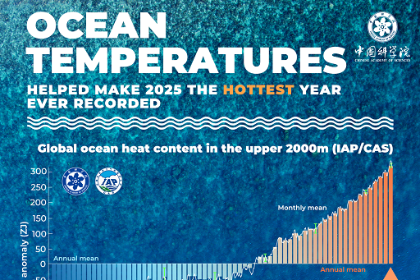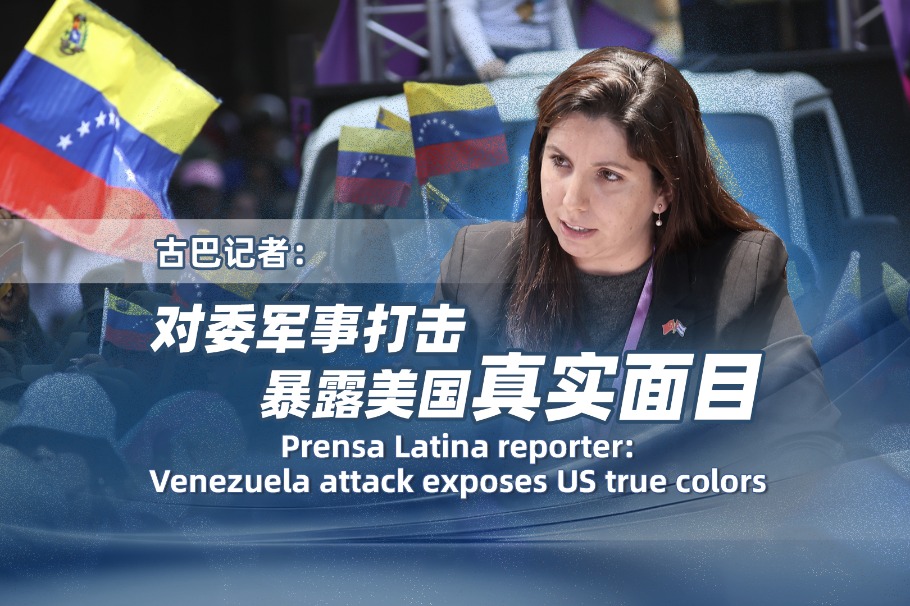Non-exclusion zone


China and ASEAN recognize that, despite some differences, it is imperative for them to work together for regional peace and prosperity
The leaders of China and the Association of Southeast Asian Nations members held a special commemorative meeting in November last year to mark the 30th anniversary of the establishment of dialogue relations between China and ASEAN. At the meeting, the strategic partnership between China and ASEAN was upgraded to a comprehensive strategic partnership.
Since 1991, China and ASEAN have developed an immensely productive relationship in political, economic, security and social-cultural spheres. China was first admitted to the ASEAN Regional Forum in 1994, and two years later its relationship with ASEAN was formalized as that of dialogue partner.
The ASEAN-China Summit began in 1997, regularizing an important platform for the highest leadership from both sides to interact. In subsequent years, both sides signed more cooperative agreements and statements, including the China-ASEAN Free Trade Agreement, the Declaration on the Conduct of Parties in the South China Sea and agreements on non-traditional security cooperation. These cooperative efforts culminated in the first Joint Declaration on Strategic Partnership for Peace and Prosperity in October 2003, which marked a high point of China-ASEAN relationship at the start of the new century.
Since 2005, China and ASEAN have jointly formulated four action plans, each covering a five-year period, to implement the Strategic Partnership. As of 2022, both sides are in the midst of the fourth Plan of Action (2021-25), and in comparing this document with the first plan (2006-10), it is clear that the activities and sectors covered under the latest document are broader, deeper, more institutionalized, and more robust, which underscores, again, how much progress China and ASEAN have made in building a substantive relationship that benefits peoples on both sides.
However, despite this progress, the relationship has not been without challenges. The key drag on the development of the China-ASEAN relationship was, and to a large extent still is, the territorial disputes in the South China Sea. These are extremely complex and difficult to resolve disputes, with no signs of a comprehensive settlement of the disputes anytime soon. China and ASEAN, however, have invested in a lot of efforts to managing the disputes. The 2002 Declaration on Conduct of the Parties in the South China Sea and the still-under-negotiation Code of Conduct for the South China Sea remain foundational frameworks that a sustainable regional maritime order can be built upon. It is vital, for both sides, to remain committed to the Code of Conduct process, and to strive for its early conclusion, which will necessitate both sides being more flexible and moving away from any absolutist or maximalist stands.
In the broader context, the development of China-ASEAN relations has to cope with the emergence of intense US-China "extreme competition", and concomitantly the proliferation of several US-led and exclusivist securitized, semi-securitized, or potentially securitized regional arrangements such as the Quad, AUKUS, and the Indo-Pacific Economic Framework. These arrangements are "exclusive "in the sense that China is either the explicit or unspoken target of exclusion. An underlying premise for countries or potential countries being parties to these arrangements is that they should realign their foreign policy more closely with the US and its allies and, in particular, away from China.
The China-ASEAN Comprehensive Strategic Partnership, in contrast, is not an "exclusive "relationship. Around the time of the announcement of the ASEAN-China Comprehensive Strategic Partnership, the ASEAN-Australia Comprehensive Strategic Partnership was also announced. ASEAN is indeed happy with any of its external partners developing the substance of their relationships on their own merits, and these different partners can even be competitors or rivals among themselves. ASEAN can be comprehensive strategic partners with China, Australia, or any external party ready and committed to substantiate such a partnership, but it is not comfortable with any "exclusivist" framing of its external relationships.
China and ASEAN have come a long way in making joint efforts to build their good relations since 1991. Of course, no relations can be friction-free, and China and ASEAN will continue to have differences and challenges in the years to come. However, it is clear that both sides recognize that despite the differences, it is imperative for them to build enduring and mutually beneficial ties. This is perhaps the clearest and most important message sent by the announcement of this China-ASEAN Comprehensive Strategic Partnership last year, and hopefully the next 30 years of China-ASEAN relations will also be as productive as the past 30 years, if not more.
The author is director of the Institute of China Studies at the University of Malaya. The author contributed this article to China Watch, a think tank powered by China Daily. The views do not necessarily reflect those of China Daily.
Contact the editor at editor@chinawatch.cn


































